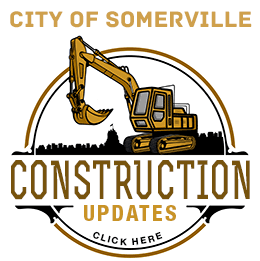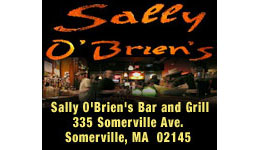(The opinions and views expressed in the commentaries and letters to the Editor of The Somerville Times belong solely to the authors and do not reflect the views or opinions of The Somerville Times, its staff or publishers)
By Chris Allen
I’m writing in response to your June 17th article, “Couple lovingly restores 69 Berkeley St. to bring it back to its original SF design”.
Displacement has been a key concern of Somerville over the past few years. The condo conversion ordinance was passed to provide additional rights for renters, the Office of Housing Stability was created to provide resources to renters and homeowners facing displacement, and the City Council has increased inclusionary zoning requirements, recently considering requiring payments to the affordable housing fund for even two-unit developments.
These are all rules that apply to creating new housing or redistributing existing housing; if you remove housing stock from the city, there are no restrictions or regulations. Conversions of multi-family homes to single-family worsen our housing crisis along every measurable axis, and should not be lauded by our city commissions.
Displacement in an area as a result of concentrated wealth and forbidding of new housing is a phenomenon we’ve already observed across the Charles – Beacon Hill’s population from 2000 to 2010 actually decreased while the city as a whole grew by 4.8%, mainly through consolidation of multi-family residences.
Coming back to 69 Berkeley, the realtor listing for the property pre-renovation mentions that both units were leased; this is a story of two households displaced to make room for one. I’m sure it looks pretty, though.
I’m not writing this as a call for additional regulations or legislation; I’m not sure how effective they would be in these scenarios anyway. I would like us to think on the forces that are shaping our neighborhoods that are, and will always be, independent of the physical shape of said neighborhoods. Are we hitting the brakes so hard that we end up going in reverse?















Reader Comments